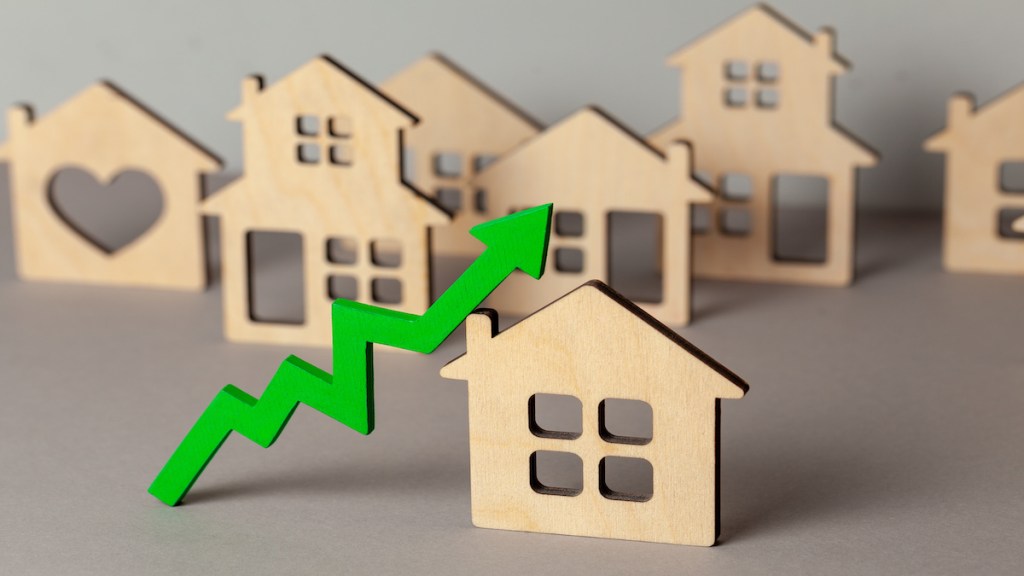The coronavirus pandemic has had a tremendous impact on our lives in one way or another. When it comes to housing, one survey has found that the top reason for moving over the second quarter was a need for more space.
Startup HomeLight surveys about 2,000 agents every quarter. Its latest results indicate that homebuyer housing preferences have most certainly shifted amid the COVID-19 pandemic. The most desirable upgrades to homes in a post-COVID world are now home offices (17%) , less dense location (16%), single-family living (15%) and a private and spacious outdoor area (15%).
“Home offices will likely become more formal and outfitted to a comfortable working environment as remote jobs become a permanent fixture of society,” HomeLight’s report said.
Those who do invest in a building home office (at an average cost of about $12,119) can take comfort in knowing that, according to the survey, it also yields a significant ROI (return on investment) – an average $10,526 in added value – compared to some other house projects. In fact, a home office topped even a walk-in pantry, a patio, double ovens a privacy fence, and a fire pit in terms of average ROI.
Survey data also revealed that in the wake of the coronavirus, agents cited the need for more space (44%), a desire to buy vs. rent (41%), and moving to the suburbs (37%) as the top 3 reasons motivating people to move.
I hopped on the phone with HomeLight CEO Drew Uher, who also told me that one of the things that stood out in this report was the agents’ level of optimism.
“In our previous report there was a pretty heavy initial toll on the market, where optimism had declined from 76% to 56%,” he told HousingWire. “But that has reversed course now. In this last report, it was all the way back up to 82%, exceeding pre-pandemic levels. That seems remarkable considering we’re dealing with a sizeable unemployment problem.”
As we’ve consistently reported, inventory remains low in many markets. So it’s unclear where inventory is going to come from to meet increased demand with nearly 60% of agents reporting a lack of supply to meet demand.
While some homeowners may be reluctant to sell, Uher predicts that at some point, people will start to relax and we’ll see pent-up demand released.
“Also, we’re predicting a fair amount of inventory released as shifting economic and job circumstances spur buyers,” he added.
The federal government’s moratorium on foreclosures expires August 31. And while homeowners have had up to 180 days of forbearance and have not been forced into selling like the last recession, things may change by this fall.
“Mortgage payments don’t go away, they just accumulate,” Uher pointed out. “So we may see a fair amount of inventory and the entry to-mid level get jarred loose this fall and that will normalize some of the supply-demand imbalance we’re seeing now.”





